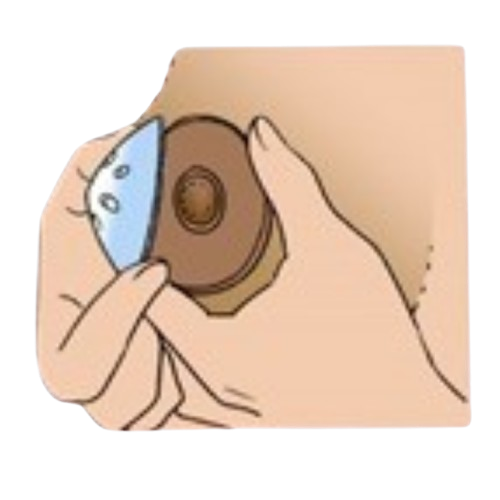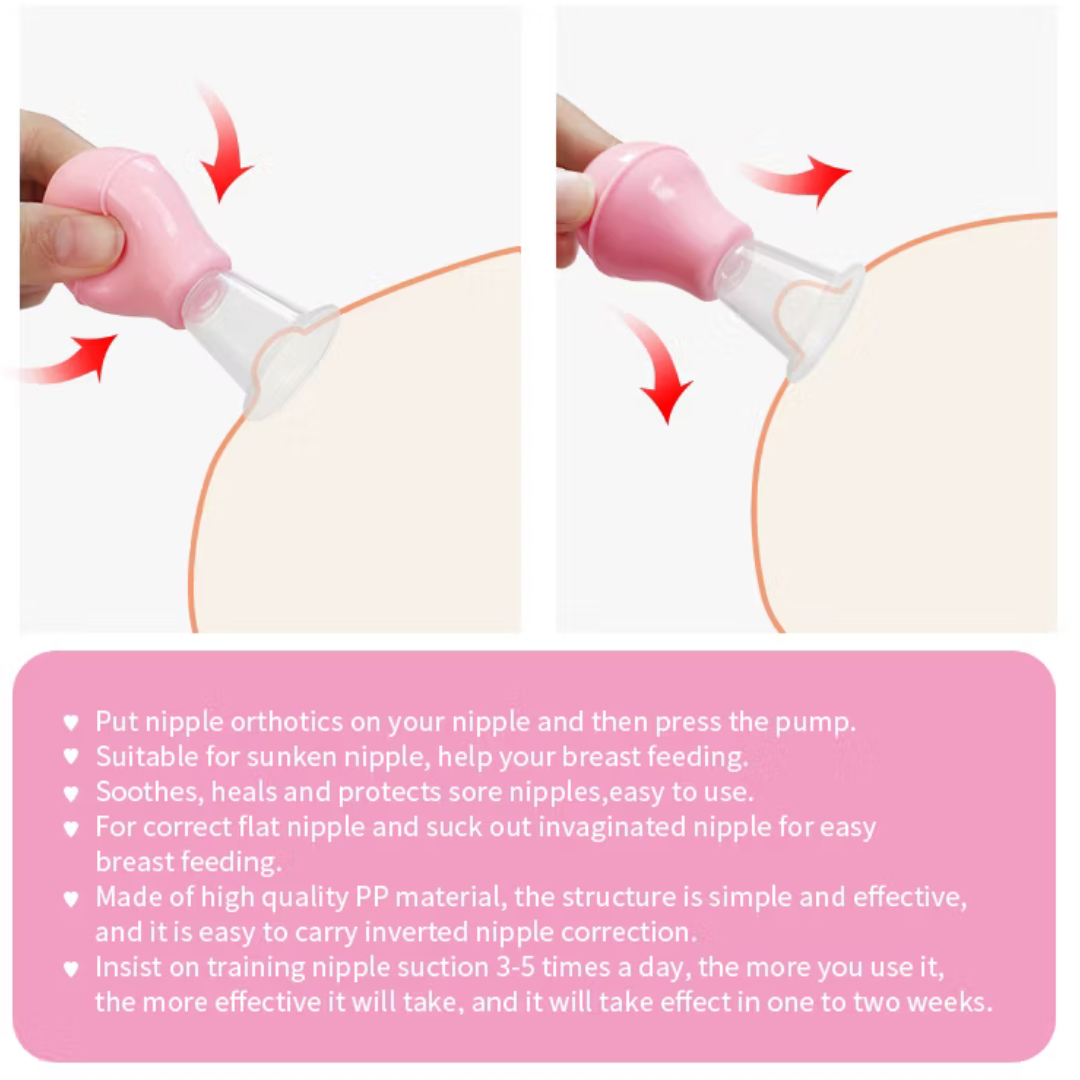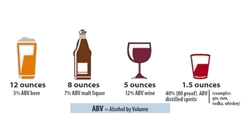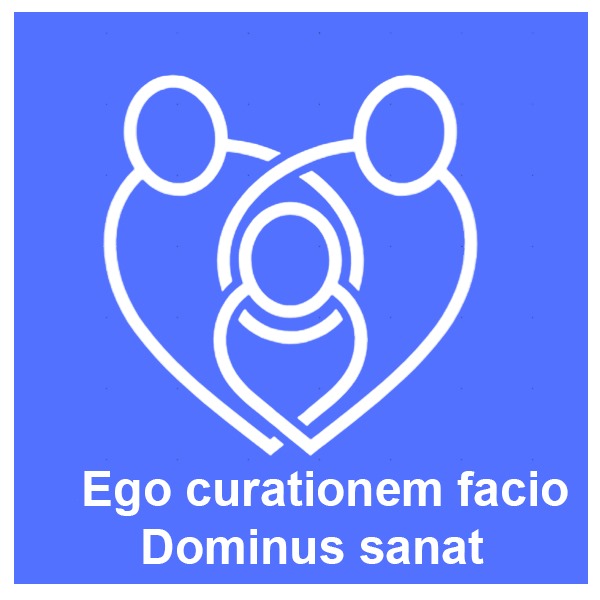BREAST / MILK ISSUES IN MOTHER
INADEQUATE BREAST MILK AND CLUSTER FEEDING
Signs that the mother is not secreting enough breast milk:
- Baby detaches itself after feeding at the breast for a while, and then opens its mouth and continues to cry and search for an alternative source of milk
- Baby empties one breast quickly and then the other, and then continues to cry and search for another source of milk
- Weight gain is less than 25 grams/ day in the first three months
- Less than 6-8 wet diapers per day
- Poor stool quantity
- Baby is losing weight more than 10% of the birth weight in the neonatal period
- After initially losing some weight during the first 7-10 days of life (normal), the baby fails to regain its birth weight by the 14th – 15th day of life.
- Absence of normal transition from newborn green stools to yellow stools by the 7th day
- Clinical evidence that the baby is dehydrated
Causes of inadequate milk flow in the mother:
- Inadequate fluid intake by the mother
- Inadequate food intake by the mother
- Mental anxiety / trauma in the mother
- Maternal exhaustion after labor
- Unnecessary food or fluid restriction in mother
- Unnecessary early introduction of formula feeds with a feeding bottle (nipple confusion)
Prevention and management
- Ensure at least 2-4 liters of fluid intake daily in the mother – water, juices, smoothies, milkshakes, buttermilk (laban), soups etc.
- Ensure adequate nutrition in the mother – at least 4 cooked meals per day – breakfast, lunch, teat-time snacks and dinner, – without any restrictions
- All foods of all cuisines can be consumed by the mother as long the food is fresh, well balanced and the mother can digest it well
- Provide enough rest and relaxation for the mother
- Ensure proper positioning and latching on
- Ensure adequate time for feeding at one breast before shifting the baby to the other
- Avoid bottle feeding to reduce nipple confusion
- Galactogogues as prescribed by the doctor
FLAT / INVERTED / LARGE NIPPLE
The mother’s nipples should protrude well enough for the nursing infant’s lips, cheeks and mouth to be able to latch on to the nipple and areola of the mother, so that the infant is able to express milk from the mother’s breast. A flat or inverted nipple may thwart this and result in difficulty in feeding.
Management of flat or inverted nipples can be done using the Hoffmann technique, use of breast shells, use of breast pumps, using the inverted syringe method and use of supple cups.
In the Hoffmann technique, the mother places her thumb and index finger at 12 o’clock and 6 o’clock position respectively around the areola and stretches it to try and protract or “bring the nipple out”. The same is repeated by placing the thumb and index finger at the 3 o’clock and 9 o’clock position around the areola respectively. A towel wetted with cold water placed over the areola before doing these manipulations, may help protract the nipple better. This technique may be repeated several times a day especially before feeds and may help in mild forms of flat nipples,
A breast shell helps in the same way as the Hoffmann technique, as shown in the illustration. The shell has a central hole. The shell is to be placed over the areola, allowing the nipple to be protracted through the central hole of the shell; the shell is pushed backwards towards the chest wall so that the nipple is pushed out through the shell hole.

Inverted Nipple
A doctor may prescribe an inverted syringe for the same purpose of protracting the flat / inverted nipple.

Inverted Syringe
Other devices used for the same purpose are the manual breast pump and niplettes.

Nipplette’s Device

Gentle Suction
BREAST ENGORGEMENT AND EXCESS FLOW
Problems of excessive milk flow:
- Baby make choke and get a coughing fit because of rapid forceful spurting of milk from the breast
- Milk may flow excessively from other side when breastfeeding causing some “wastage”
- If the baby doesn’t empty the breasts well at feeds, or exhibits prolonged gaps between feeds, it may result in engorgement of the breasts, infection in the breast glands and even result in an abscess
Symptoms:
- Pain over the breast tissue, discomfort, tenderness
- Fever, body ache
- Interruption of milk flow
Prevention:
- Start breastfeeds within one hour of birth
- On demand breastfeeding
- Supervised positioning and latching initially until successful breastfeeding is established
- Avoidance of formula feeding
- Ensuring immediate manual expression of breast milk if there is fullness
Treatment of breast engorgement
- Effective painkillers to manage pain and inflammation
- Fomentation of the affected breast with heat packs in between breastfeeds to soften the tenseness and then gentle expression of milk
- Loose underclothing to provide comfort to the mother
- Fomentation with cold packs just before feeds to reduce pain
- Once pain is under control, gentle breast massage to improve lymphatic drainage and reduce engorgement
SORE OR CRACKED NIPPLES
Causes:
- Incorrect positioning and latching on of the baby when feeding
- Forceful releasing of the baby from the breast when changing sides
- Pressure injury due to vigorous sucking by the baby / early erupted teeth
- Excessive / forceful expression using a breast pump
- Use of strong soaps / antiseptics over the nipple and areola
- Tight underclothing worn by mother
- Improper use of nipple shields
Management – prevention
- Proper breastfeeding technique from the outset
- On-demand feeding – babies who are put to the breast as soon as they give a short cry and start rooting for milk, will suck more gently than a baby who has been kept hungry for too long and sucks more vigorously
- Loose comfortable underclothing for the mother
- Use gentle body wash to prevent dryness of nipple/areolar skin
- Use fingers to gently dislodge the baby from the breast at the end of a feed or when changing the side
Management – treatment
- Express some milk and apply over the sore nipples
- Judicious use of sore nipple cream
- Feed on unaffected side first and then alternate the side for subsequent feeds
- Painkillers if necessary
NIPPLE OR BREAST INFECTION
Causes:
- Lack of hygiene
- Prolonged use of antibiotics
- Oral thrush in the baby
- Steroid treatment in the mother
- Uncontrolled diabetes in the mother
- Contaminated breast pump / nipple devices
- Vaginal fungal infection the mother
- Excessive flow of milk, not properly managed (engorgement)
Management
-
- Maintain hygiene
- Check baby for oral thrush and treated if required
- Ensure regular emptying of breasts to prevent engorgement
- Heat pads to improve lymphatic drainage and reduce pain and inflammation
- Painkillers to reduce pain and inflammation
- Use of local and / or systemic antimicrobials as advised by the physician
INFECTIONS IN THE MOTHER
Breastfeeding can be continued in the following infections:
-
- HIV / AIDS – While mother can continue breastfeeding with post-exposure prophylaxis in the baby immediately after birth, it is a personal choice whether or not to breastfeed
- Cytomegalovirus infection (CMV infection) – if the baby is full term – as a via media, expressed breastmilk may be pasteurized by heating it at a controlled temperature of 62.5*C for 30 minutes or 72*C for 10 seconds (rapid pasteurization) and then fed to the baby
- Tuberculosis in the mother – if mother has open tuberculosis (cavitatory tuberculosis) then she can continue her treatment and use a mask during and observe hand washing before breastfeeding
- Herpes infection – use a mask during and observe hand washing before breastfeeding
- Varicella (chickenpox) – use a mask during and observe hand washing before breastfeeding
- Hepatitis B or C
Avoid breastfeeding especially if untreated at the time of delivery, in case of the following infections:
-
-
- Brucellosis
- Lymphotrophic virus I or II infection
-
ADDICTION IN THE MOTHER
SMOKING BY A BREASTFEEDING MOTHER
Smoking in the mother can put the nursing baby at higher risk of chest infections such as bronchitis or pneumonia due to passive exposure to cigarette smoke, and increased risk of sudden infant death syndrome (SIDS), ear infections and impaired infant lung function, Smoking reduces milk production and increases chance of breastfeeding failure.
E-cigarettes typically deliver nicotine, flavorings, and other additives through an inhaled aerosol. Little is known about the effects of e-cigarette use by the mother on the infant’s health. E-cigarette aerosol can contain harmful and potentially harmful chemicals, including nicotine and other toxic agents, flavorings, and solvents.
ALCOHOL CONSUMPTION WHEN BREASTFEEDING
- Abstinence from alcohol is the best option for breastfeeding mothers.
- Alcohol consumption should be timed at two hours or more before a breastfeed to minimize its concentration in the breast milk.
- Daily consumption should be avoided
- Consumption at one given time, should be ideally limited to 0.5 gram of alcohol/kg body weight / day or approximately 2 oz liquor, 8 oz wine or 2 cans of beer per day in a mother weighing approximately 60 kg.
- As per CDC guidelines one standard drinks in a day will not harm the nursing infant – one standard drink is shown below

NEUROPSYCHIATRIC MEDICINES AND STREET DRUGS
Drugs such as cocaine, benzodiazepines, amphetamine, methamphetamine (meth), cannabis (marijuana), phencyclidine etc. can seriously affect the nursing infant’s heart, blood pressure, cause seizures in the baby and result in irreversible neurodevelopmental outcome. All such substances must strictly be avoided all through breastfeeding period (and ideally forever thereafter!)
RADIATION EXPOSURE IN THE MOTHER
Radioactive labelled medicines and food items are used for study of the digestive system, urinary system, thyroid function, and so on. Some tumors may need treatment with radiotherapy. All such radiation exposure can be dangerously damaging to the nursing infant.
If such investigations are necessary in the mother or radiation therapy is needed in the mother, the mother should seek advice from the treating physician if and when breastfeeding can or should be resumed.
VACCINATION WHILE BREASTFEEDING
The following vaccines are safe to be taken by a breastfeeding mother:
- Tetanus toxoid
- Reduced diphtheria toxoid
- Acellular pertussis vaccine
- Inactivated injectable poliovirus vaccine
- Influenza vaccine
- Hepatitis A and B vaccines
- HPV vaccine
- Pfizer’s covid vaccine (if nursing baby is above 6 months of age)
Most live vaccines such as MMR, Varicella and so on are not associated with entry of the live virus in the milk of the mother. For more information, visit
BREASTFEEDING AFTER BREAST SURGERY
- Breastfeeding is of course, irrelevant in bilateral mastectomy for bilateral breast tissue removal
- Women who have breast implants can safely breastfeed their babies even if adopted babies
- If surgery occurs after several days of already successfully established breastfeeding, then following precautions may be observed in order to ensure successful breastfeeding after the surgical procedure:
- Avoid any surgery that can be rescheduled for later when mother stops nursing her baby.
- Start expressing milk regularly well before planned surgery and store it in freezer, to make it available for feeding the baby while mother undergoes surgery.
- Ensure that expression of milk continues post-surgery, to avoid engorgement.
- Plan post-surgery medication that does not interfere with breastfeeding.
- If there is radiation therapy planned after surgery, advice regarding breastfeeding should be sought from the attending physician.
- Post-surgery pain management should be done efficiently to provide comfort to the mother and reduce post-operative inflammation as soon as possible.
TRAVEL, WORK AND BREASTFEEDING
Problems:
- Lack of privacy for breastfeeding or expressing breast milk
- Lack of storage facilities of expressed breast milk, at place of work
- Risk of contamination or hygiene issues at place of work for expressing breast milk
- Reduced flow due to exhausting work hours and commuting time
- Nipple confusion due to prolonged bottle feeding while mother is at work
Management:
- Avail of maximum maternity leave to provide direct breastfeeds to the baby.
- Ensure early establishment of breastfeeds within one hour of birth.
- If there exists a crèche or daycare facility at the place of work, try to directly breastfeed even during work hours, if possible.
- A double-cup hands free double breast pump is useful when using hands at work on a laptop or desktop for example.
- If necessary supplement with formula feeds.
- If traveling for a short period, for example a visit to the mall, supermarket or cinema, try to time these visits between two feeds so that baby continues to remain satiated and sleeping during this activity.
MEDICATIONS IN MOTHER AND BREASTFEEDING
For detailed information on which medicines are safe during breastfeeding, visit the link which lists all important and commonly used medicines A to Z according to their generic names. For example if you would like to know if Brufen tablets are safe for use, keep in mind that Brufen contains Ibuprofen (generic name) so search under “I” not under “B”.
Although, in general most antipyretics, antibiotics, non-sedating cold and cough medicines, and medicines used for vomiting, acidity, abdominal pain, diarrhea and constipation are safe for use in the breastfeeding mother. Likewise, most local creams containing antibiotics, antifungal medications, moisturizing medication, eye drops, nasal sprays and so on can be used safely by the mother, it is always best to seek advice of the attending physician before taking medicines when breastfeeding.
EXPRESSED BREAST MILK OR FORMULA FEEDING
Equipment needed:
- Manual or electric breast pump
- Feeding bottles with teats (nipples)
- Bottle warmer
- Sterilizer for sterilizing feeding bottles and nipples
How much to feed?
FIRST 7 DAYS OF LIFE
Feeding chart first 7 days of life in a full-term baby, weighing 3 kg or more at birth, calculated based on birth weight of the baby.
| Day of Life | Approximate mL/kg Body Weight/Day |
|---|
| 1 | 60 |
| 2 | 70 |
| 3 | 80 |
| 4 | 90-100 |
| 5 | 110-120 |
| 6 | 120-140 |
| 7 | 140-150 |
How to use the table:
If baby’s birth weight is 3.4 kg, then daily requirement would be 3.4 x 60 on day 1, 3.4 x 70 on day 2 and so on. So for example, on day 1, this would be 3.4 x 60 = 204 ml/day – if this is divided into 8 feeds in 24 hours, it would work out to be approximately 25 ml per feed, if divided onto 12 feeds in 24 hours, it would be 17 ml per feed so, one should plan to feed 17-25 ml per feed, depending on how much and how frequently the baby feeds. Similarly on subsequent days.
FEEDING FROM 8TH DAY OF LIFE, AND THEREAFTER UNTIL SIX MONTHS OF AGE
| AGE IN MONTHS | 1-3 months | 3-6 months |
| mL / kg body weight / day | 150 | 120 |
Calculate as shown in the example given in the first 7 days of life. As a general rule of thumb:
- Whatever is the baby’s weight in kg (rounded off) is the number of ounces of milk per feed – for example a 5 kg baby will be able to consume 5 ounces or 150 ml per milk feed – the maximum volume of feed an infant can take at one go, is about 240 ml / feed when the baby reaches around 8-9 kg body weight
- Generally the infant will be able to consume approximately 1000-1200 mL milk per 24 hours between 3-6 months of age
